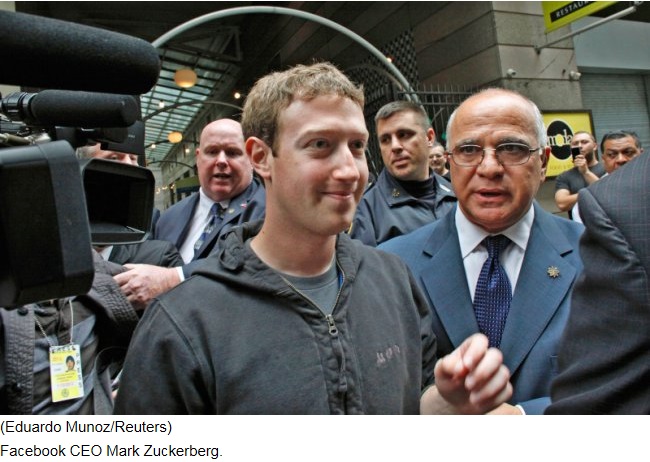
In April 2012, Facebook CEO Mark Zuckerberg did the unthinkable. With the company about to begin its IPO roadshow, Zuckerberg made a surprise acquisition of a two-year-old photo-sharing app called Instagram.
What’s more, Zuckerberg paid out the nose for it, shelling out $1 billion for an app that had 13 employees, zero revenue, and which most of the buttoned-up investors that would attend Facebook's IPO roadshow had probably never heard of.
The deal caused immediate concern. Some considered the deal a sign of Zuckerberg’s impulsive nature and questioned whether the hoodie-wearing, then 27-year-old founder was ready to lead a publicly held corporation.
It might have been one of the smartest things Zuckerberg ever did.
The next revenue machine
Instagram was the star of the show during Facebook’s fourth-quarter earnings report on Wednesday, as investors got their first taste of Facebook’s next big moneymaking engine.
Facebook wouldn’t disclose exactly how much revenue Instagram generated, and Instagram’s contribution to Facebook’s top line is still just getting started.
But it’s starting to have an impact. Facebook COO Sheryl Sandberg noted on the earnings conference call that 98 of the top 100 Facebook advertisers now also advertise on Instagram.
Pacific Crest Securities analyst Evan Wilson said that Instagram was likely one of the big factors in Facebook’s impressive increase in the fourth quarter’s ad “impressions,” which increased 29% year-on-year. This was the first time since Q3 2013 that total ad impressions increased on a year-over-year basis.
Barclay’s Paul Vogel pegged Instagram’s Q4 revenue at $276 million, and now projects that Instagram will “eclipse” $1.3 billion in 2016.
In other words, the big revenue upside that Facebook just wowed Wall Street with is only going to get better next year.

The 'cool' factor
But there’s another reason why buying Instagram was such a smart move.
Internet companies can quickly lose their “cool” factor, as younger users flock to hipper, and newer services.
Instagram, which now has 400 million users, is helping Facebook stay relevant and “cool” with the younger generation.
Consider these two contrasting comments from teenagers, reported in the recent in-depth teen technology survey conducted by Business Insider:
I use Facebook, but I feel like I can't be myself on it because my parents and my friends' parents are my Facebook friends. — 16 year old
Snapchat and Instagram, I love sharing photos all of the things I do and places I go. I also like seeing what others are up to. — 15-year-old
Facebook recognizes this problem. In it's most recent annual financial report, Facebook admitted that some younger users are “actively engaging with other products and services similar to, or as a substitute for, Facebook products and services, and we believe that some of our users have reduced their engagement with Facebook in favor of increased engagement with these other products and services.”
Zuckerberg was also well aware of this in the spring of 2012 when he bought Instagram. What seemed like folly to the rest of the world at the time was in fact a prescient analysis of a potentially game-ending weakness in the company’s model and a $1 billion insurance policy to protect against it.
In hindsight, that looks like an incredibly good bargain.

